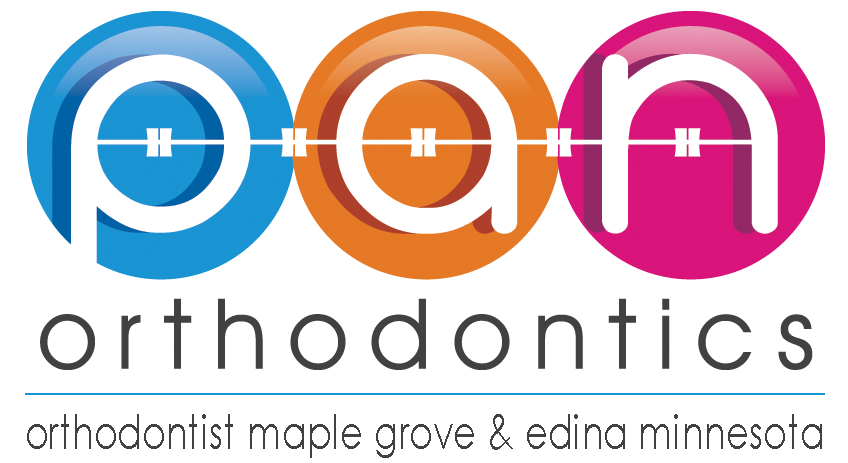At What Age Can You Correct An Underbite?
Have you noticed that your child is starting to develop a bit of an underbite? An underbite is a dental condition when the lower jaw positions teeth to sit further forward than the upper teeth. Many children with an underbite struggle with feeling self-conscious about the appearance of their face and smile. Beyond just the cosmetic appearance of the smile, underbites may cause pain, difficulty speaking, and a number of health problems. If you just recently noticed your child’s underbite, you should schedule a conversation with your child’s dentist and have a discussion about if and when the condition should be corrected.
Why Correct An Underbite?
Underbites can cause your child a number of physical and mental health problems. Some possible health issues caused by an underbite include:
- Chronic jaw pain: Children with underbites often feel their jaw is ‘locked’ or ‘stuck’ and feel pain in the jaw. Side effects of this jaw pain can include toothaches, headaches, and dizziness.
- Difficulty with daily function: Depending on the severity of the child’s underbite, the condition can cause issues with eating, chewing, and speaking.
- Increased risk of tooth decay: Underbites are often due to a misaligned bite. Misalignment can result in excessive wear of tooth enamel exposing the teeth to increased risk of tooth decay.
- Mental and emotional impact: Children with underbites might also suffer from low self-esteem and confidence due the appearance of their mouth and the side effects of the underbite.
How to Treat an Underbite
Fortunately, once you schedule your child a visit with their dentist their underbite should be easy to diagnose. There are a number of dental treatments available to correct underbites depending on the severity of the condition. When deciding on a treatment plan for your child, their dentist will consider their age, future jaw growth, and the severity of their condition. Some common treatments include:
- Orthodontic treatments: Upper jaw expanders can be worn at night to gradually cause the upper jaw to widen. Braces and rubberbands are other approaches to treating underbites.
- Reverse-Pull Face Mask: Similar to headgear, a face mask is designed to pull the jaw back into the right position.
- Tooth extraction: Underbites are often caused by overcrowding of the teeth, removing teeth can help the adult teeth grow in properly.
- Underbite Surgery: In some more severe cases, underbite surgery is recommended to reshape and shorten the lower jaw or lengthen the upper jaw.
When to Correct An Underbite?
If you have noticed that your child has developed an underbite, it’s important to have a conversation with your dentist as well as schedule an orthodontist consultation as soon as possible. Early treatment of an underbite, when your child is between the ages of 7 and 10, may be the most effective timing to correct the condition. Early correction methods, such as widening the upper jaw, can create the opportunity for permanent teeth to grow in at a better position than they would have without correction. The American Association of Orthodontists recommends young patients with underbites should see an orthodontist by age 7 to determine if early treatment is necessary. For children who need it, early treatment can lead to significant benefits.
